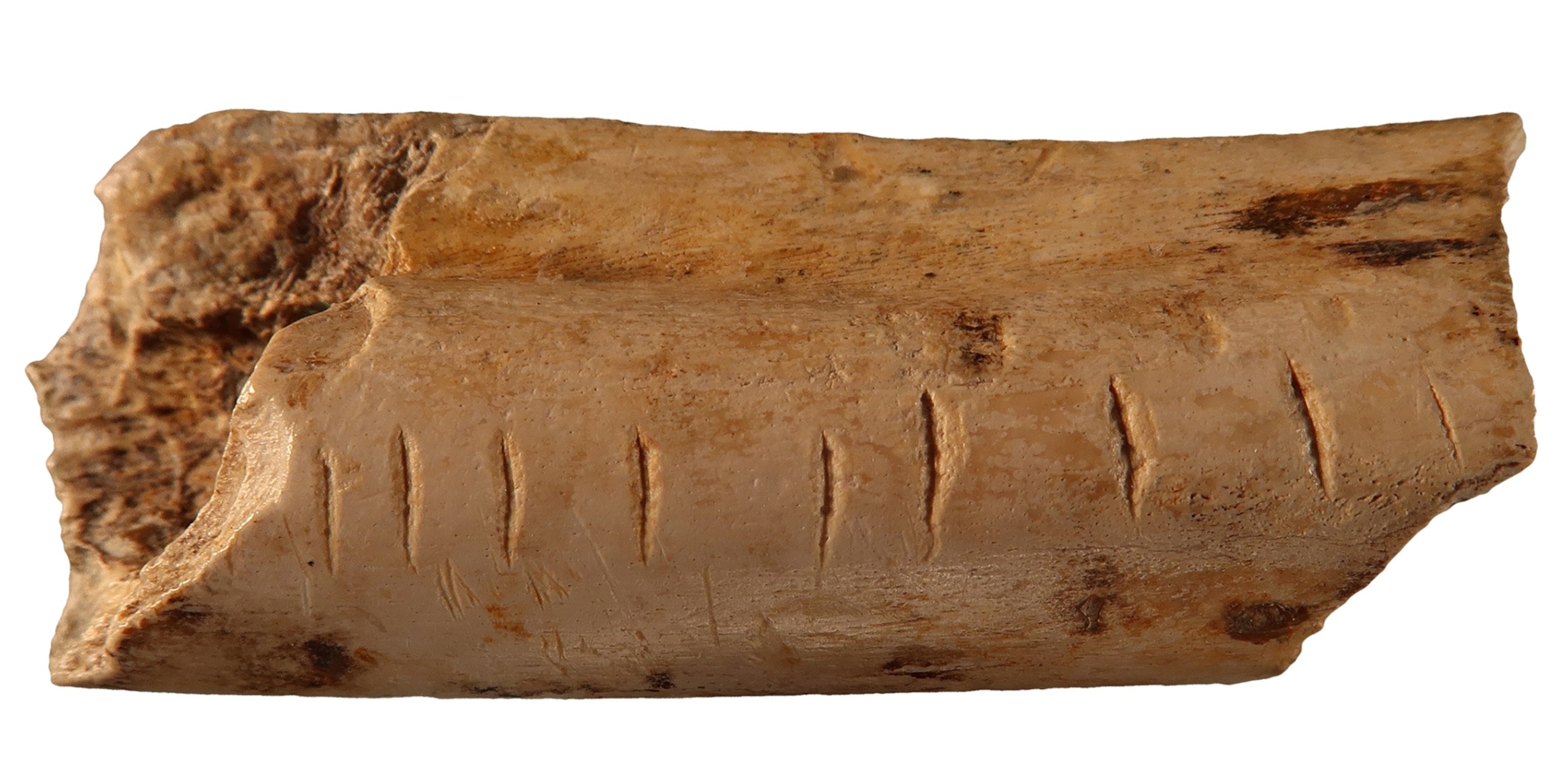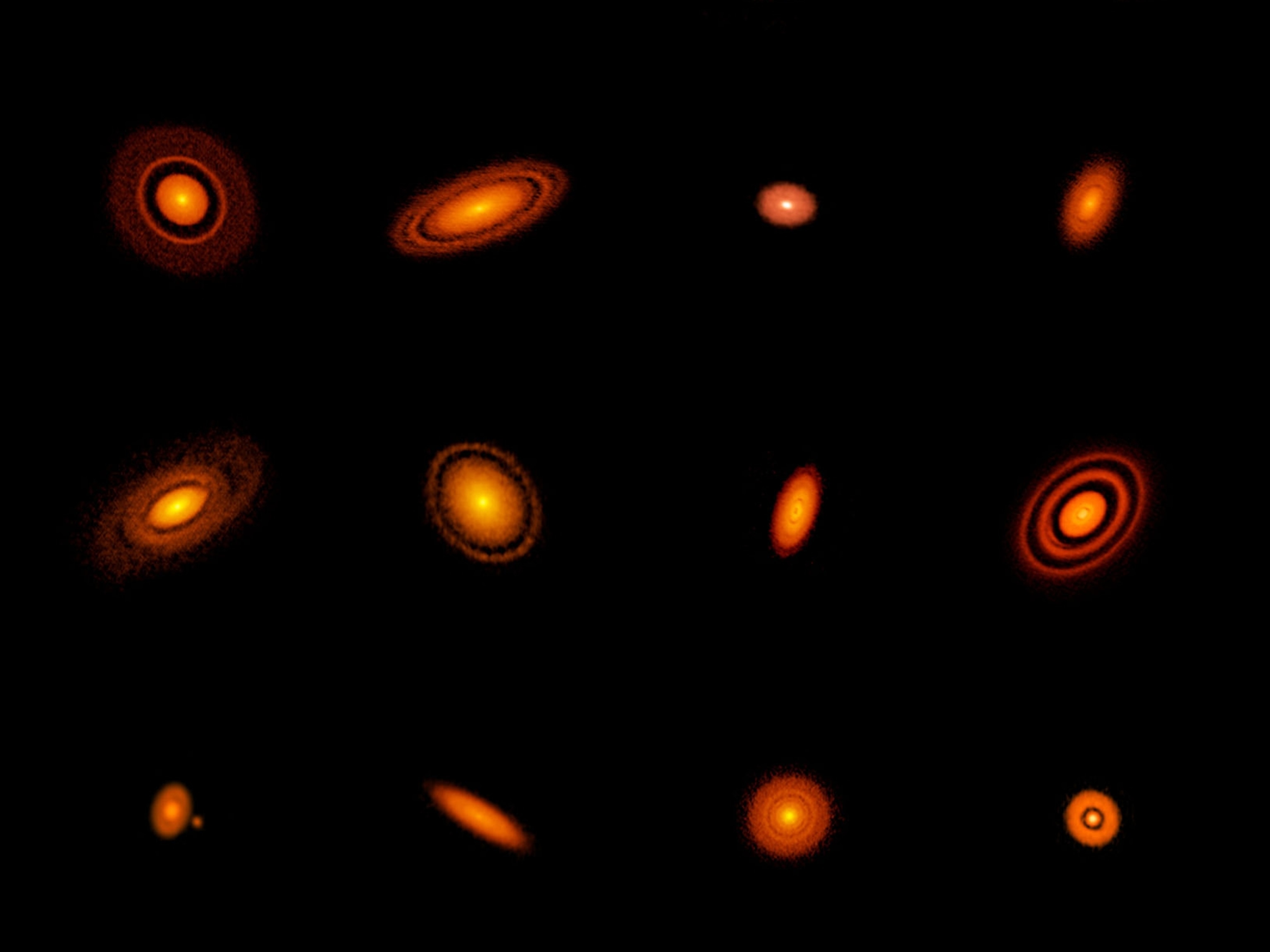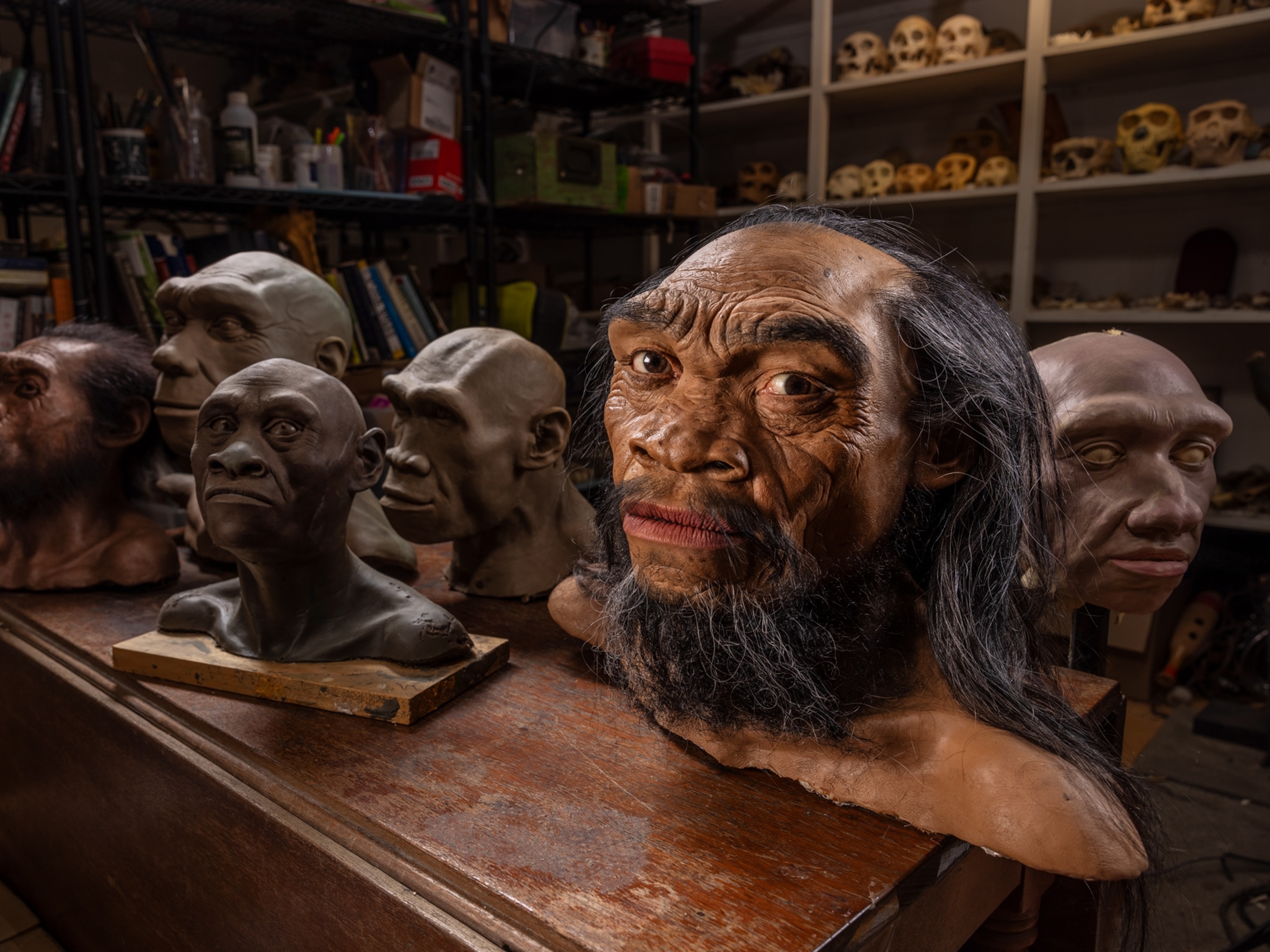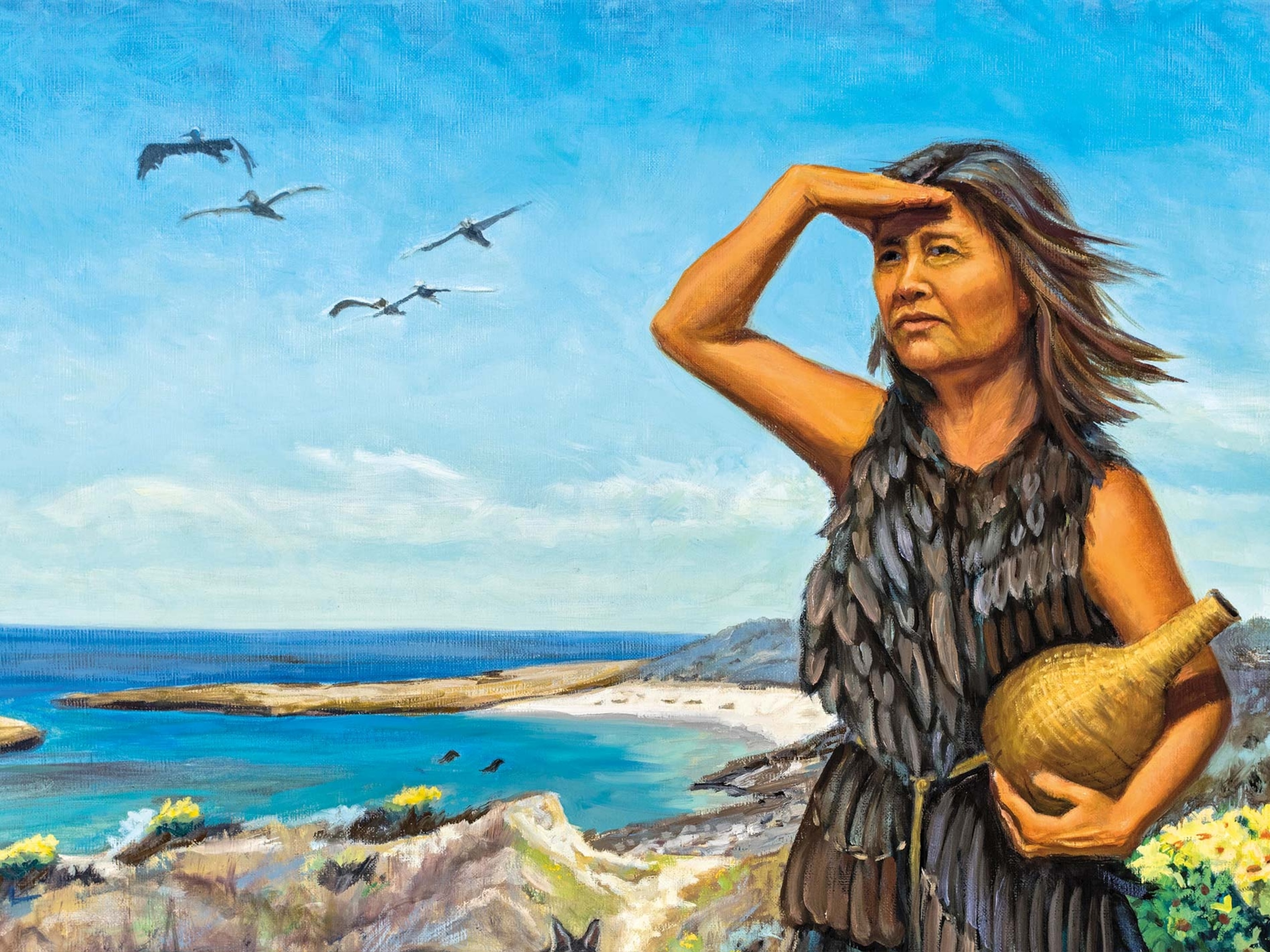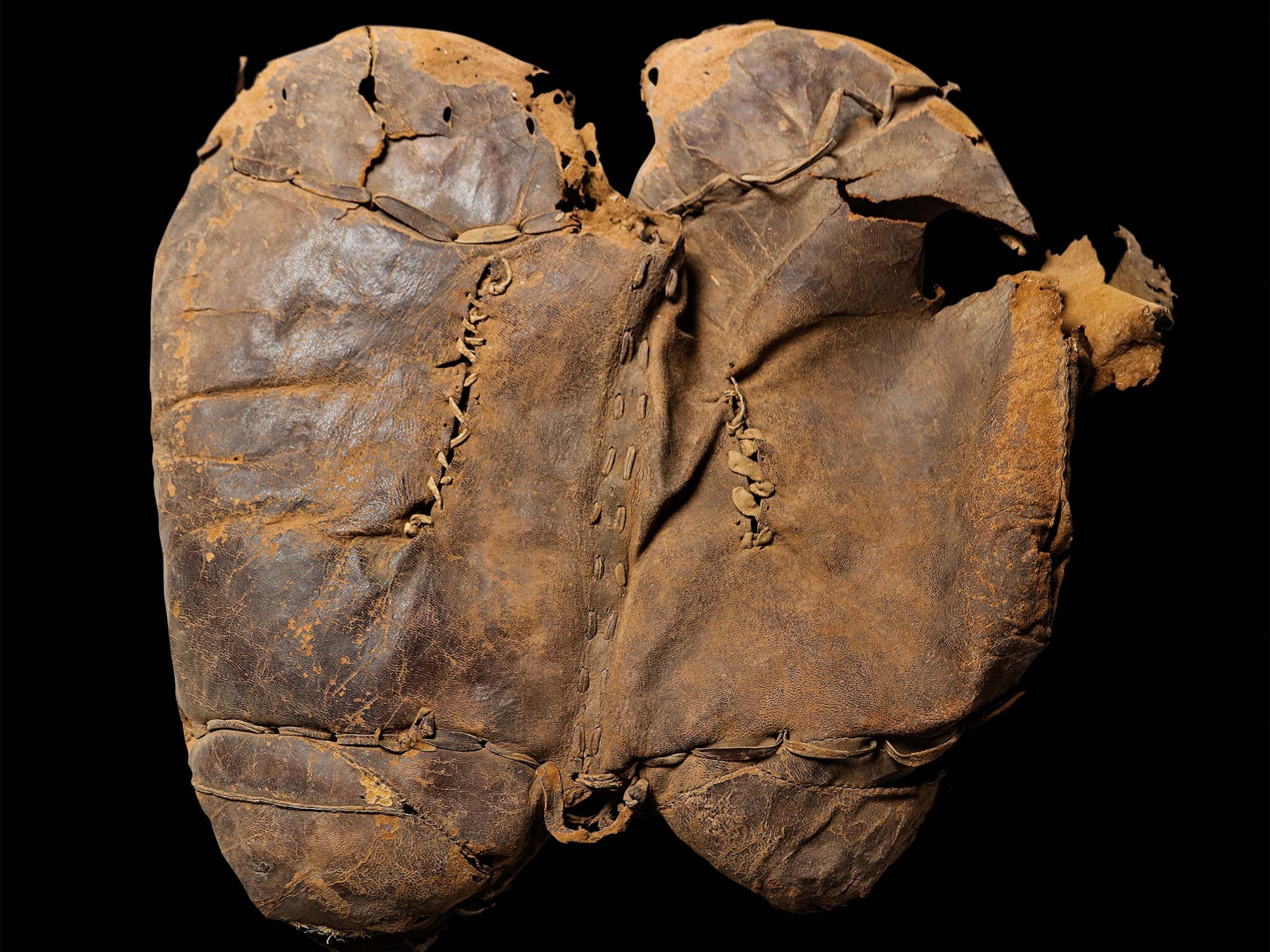
The surprising way sea otters enhance ecosystems, and more scientific breakthroughs
Sea otters boost sea grasses, blue blossoms rule, and an ancient hyena bone may hold clues to the origins of counting.
Otter-ly beneficial
Snug in the animal kingdom’s thickest fur, sea otters can live their whole lives in the ocean, feeding heavily upon seafloor animals. In British Columbia they often dig clams out of fields of eelgrass (Zostera marina), leaving divots in otherwise dense mats of the aquatic vegetation. In meadows that otters inhabit compared with those they don’t, the eelgrasses are more genetically diverse and the plants more resilient, according to a study published in the journal Science. That’s because by foraging and disturbing the seabed, otters prompt the plants to flower and produce seeds, and their digging provides more space and sunlight for seeds to settle and germinate. Seagrasses such as eelgrass are imperiled as a result of warming and pollution; they’re vital to ecosystems because they filter contaminants from the water, store carbon, and provide habitat and food for many animals. The study’s finding is a powerful example of how predators often influence their ecosystems in unseen and little-known ways, says lead researcher Erin Foster. —Douglas Main
(Read more about how sea otters help protect underwater meadows.)
Studies dwell on blue blooms
A review of 280 Alpine regional plant studies over 45 years shows that blue flowers got the most attention; yellow, white, or red/pink the next most, and green/brown blooms much less. Also popular: tall flowers (so scientists don’t have to stoop?). The research bias has implications for which flowers get protection. —Lori Cuthbert
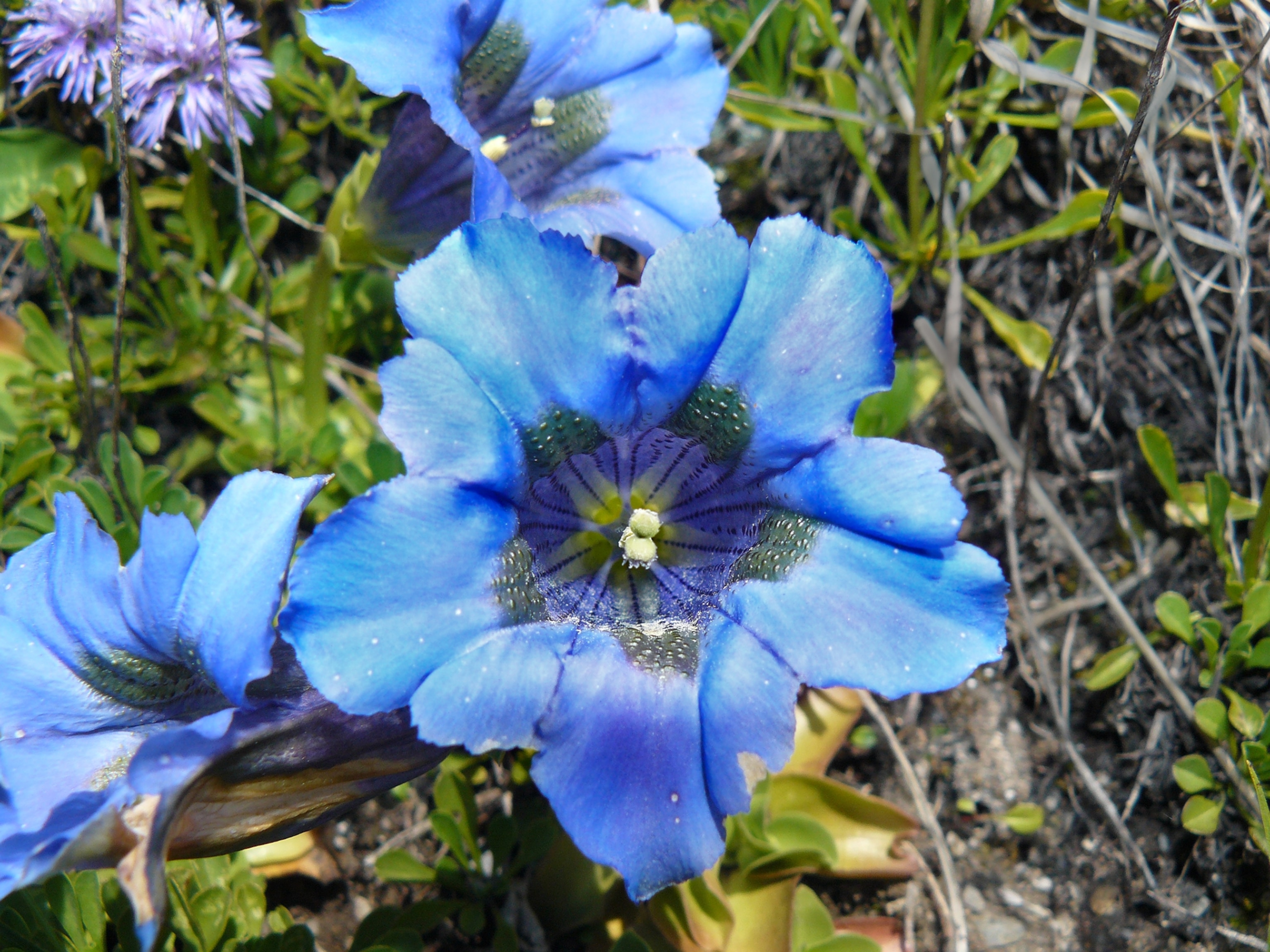
Exploring the origins of counting
How did humans go from an innate, general sense of quantity—a pair, a few, many—to inventing numbers and arithmetic? Why are counting systems so diverse across global cultures? Answering these questions isn’t as easy as one, two, three, so the European Research Council is funding QUANTA, a multiyear inquiry into counting’s origins. QUANTA will pore over linguistic and ethnographic data, as well as artifacts such as this 60,000-year-old notched hyena femur, which may have served as a Neanderthal’s scratch paper. —Michael Greshko
